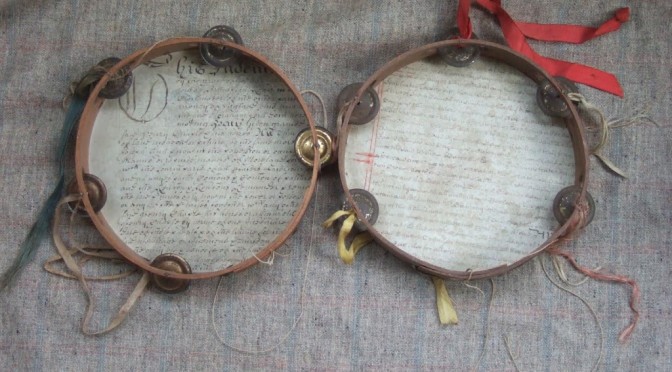On Sunday, 12th September, at 2pm, Provand’s Lordship in Glasgow will host a concert of medieval and Renaissance Scottish harp music.
The concert is a unique opportunity to discover the music of the old Highland castles and great houses from hundreds of years ago. The early Gaelic harp, with metal wire strings sounded using long fingernails, was an important part of Scottish music and culture for centuries, until it died out in the 18th century.
Provand’s Lordship is Glasgow’s oldest house, built in 1471, one of only four medieval buildings to survive in the city. This is just the kind of domestic setting in which this music would have originally been heard hundreds of years ago. The house is now displayed as a museum, with period interiors and a medieval garden.
The recital will be performed by historical harp specialist, Simon Chadwick, using a beautiful replica of the medieval clarsach of Mary, Queen of Scots. The 500-year-old original, preserved in the National Museum of Scotland in Edinburgh, is too rare and fragile to string and play, so Simon commissioned his replica from a sculptor in Ireland. Decorated with woodburning, carving and paint, and strung with wires of brass, silver and gold, the replica harp is a stunning medieval art object.
The programme will feature historical Scottish harp music, brought back to life from books and manuscripts. As well as stirring battle marches, and salutes for the great Highland families, Simon’s speciality is the grand Gaelic laments, which would be composed by a harper on the death of his patron.
Simon has been studying the old Scottish and Irish harp traditions for over 10 years, and bases his work on the oldest sources of music and playing techniques, preserved in manuscripts and antique printed books. He teaches his discoveries to students in St Andrews, Dundee, and Edinburgh, as well as further afield using the internet. He has just returned from Ireland where last month he helped run the annual summer school for early Gaelic harp, and he has also just this week completed his fourth season of performances in the Cathedral ruins in St Andrews. His CD, “Clàrsach na Bànrighe”, features Scottish music from the 13th to the 18th century, performed on the replica Queen Mary harp.
Event details:
Sunday, 12th September
Concert starts 2pm, and runs for 30-40 mins
Admission free
Provand’s Lordship, 3 Castle Street, Glasgow G4 0RB
 An event of interest coming up at James J. Hill House, 240 Summit Avenue, St. Paul, MN 55102 USA:
An event of interest coming up at James J. Hill House, 240 Summit Avenue, St. Paul, MN 55102 USA:







